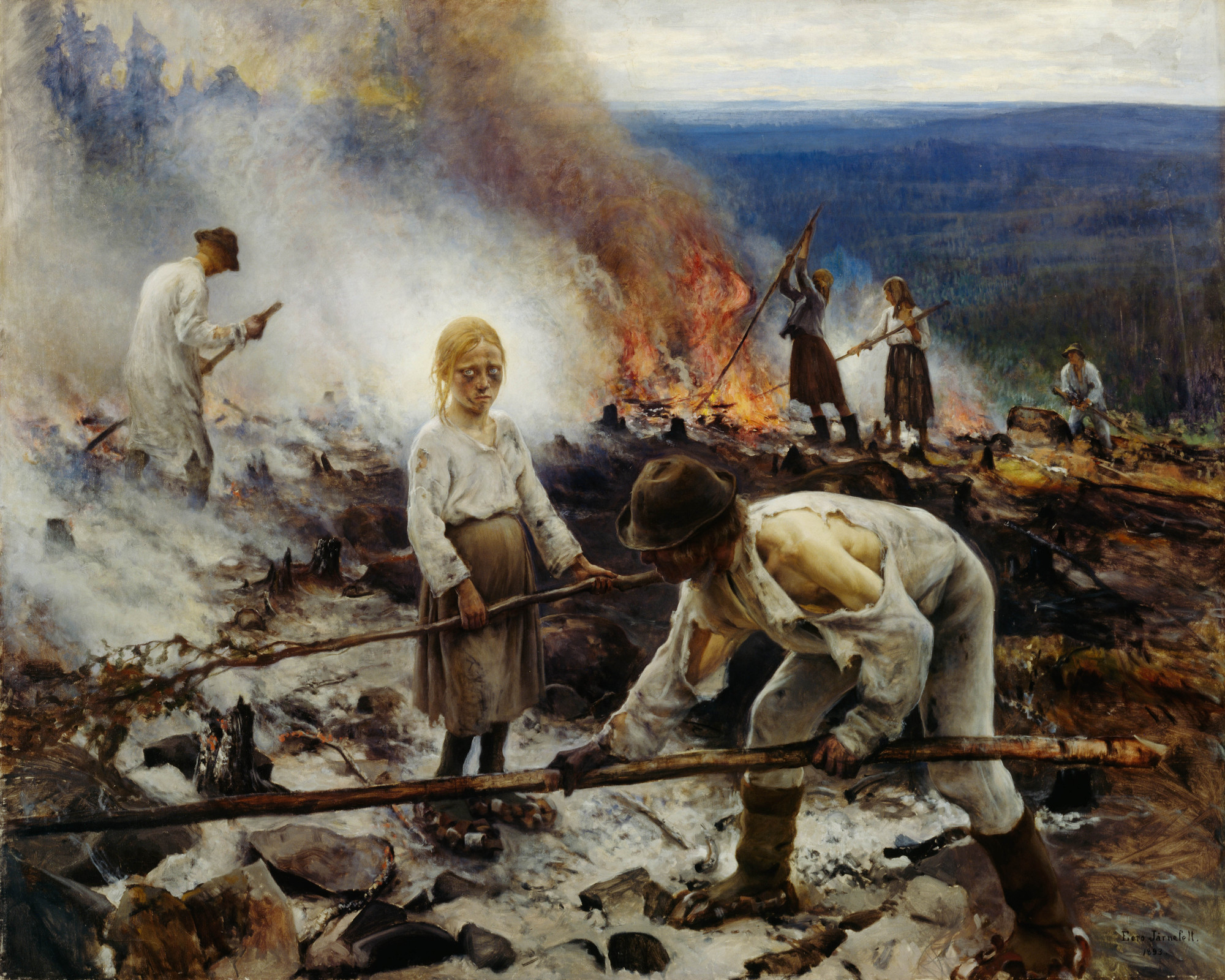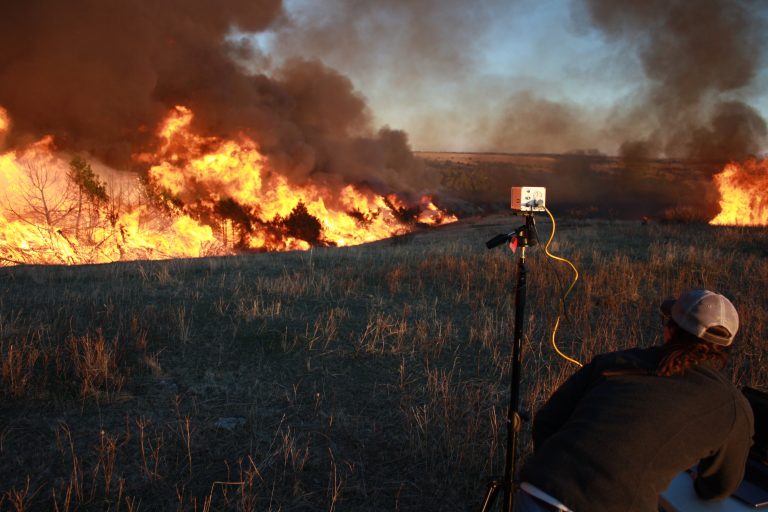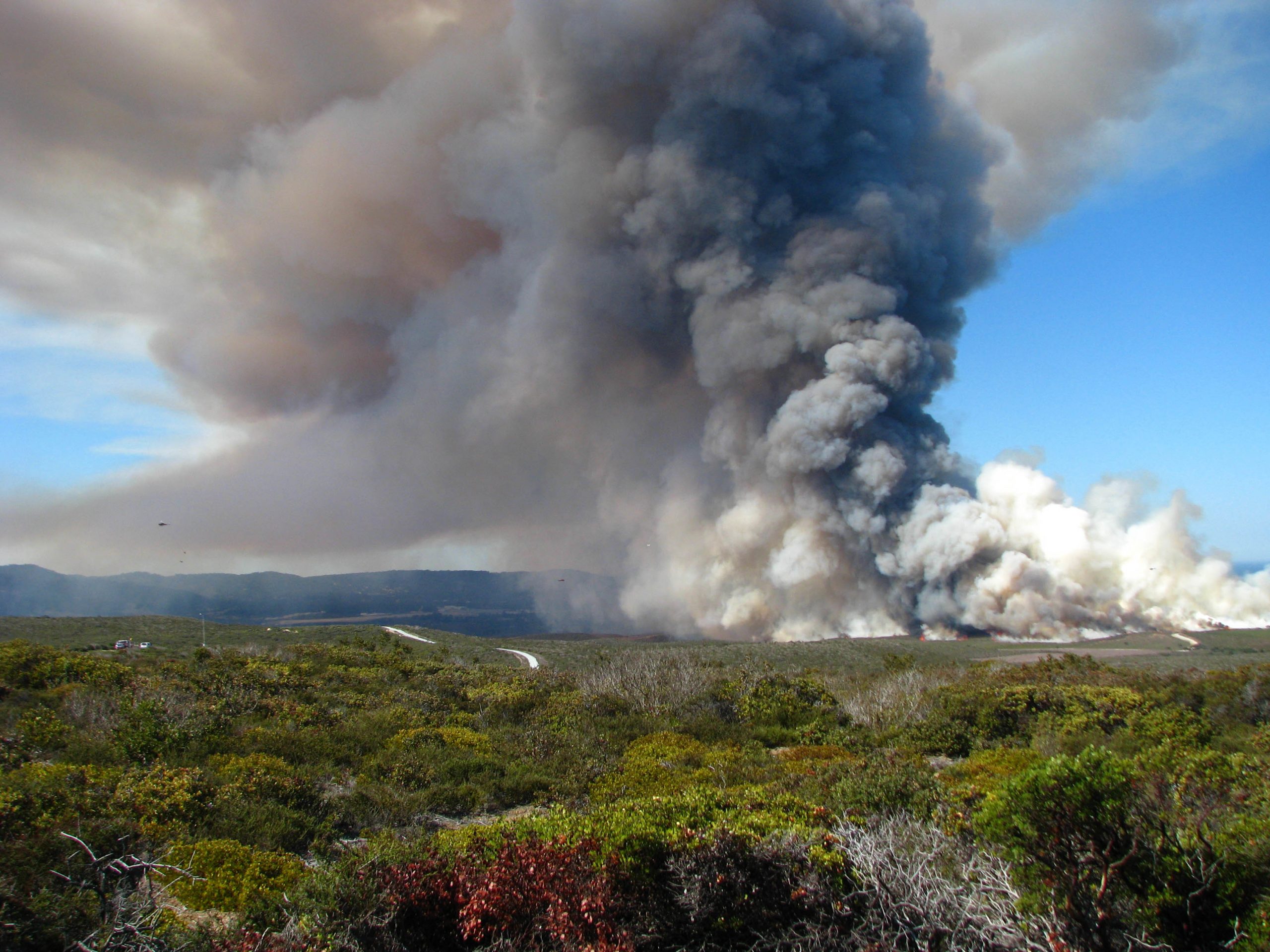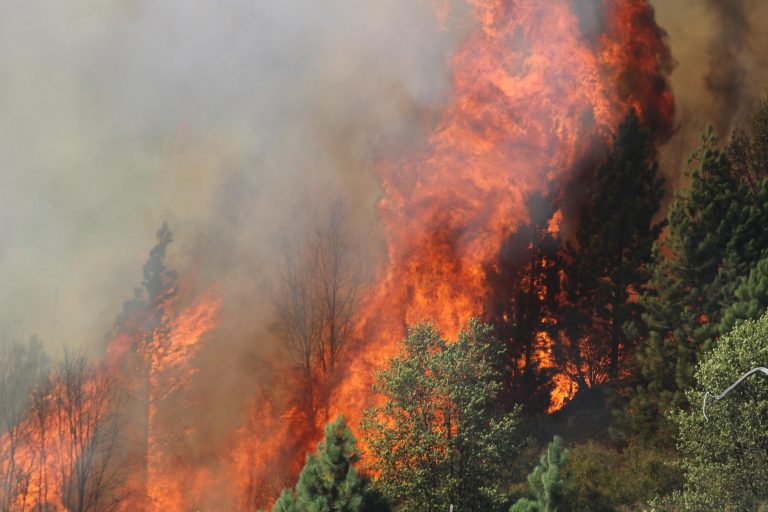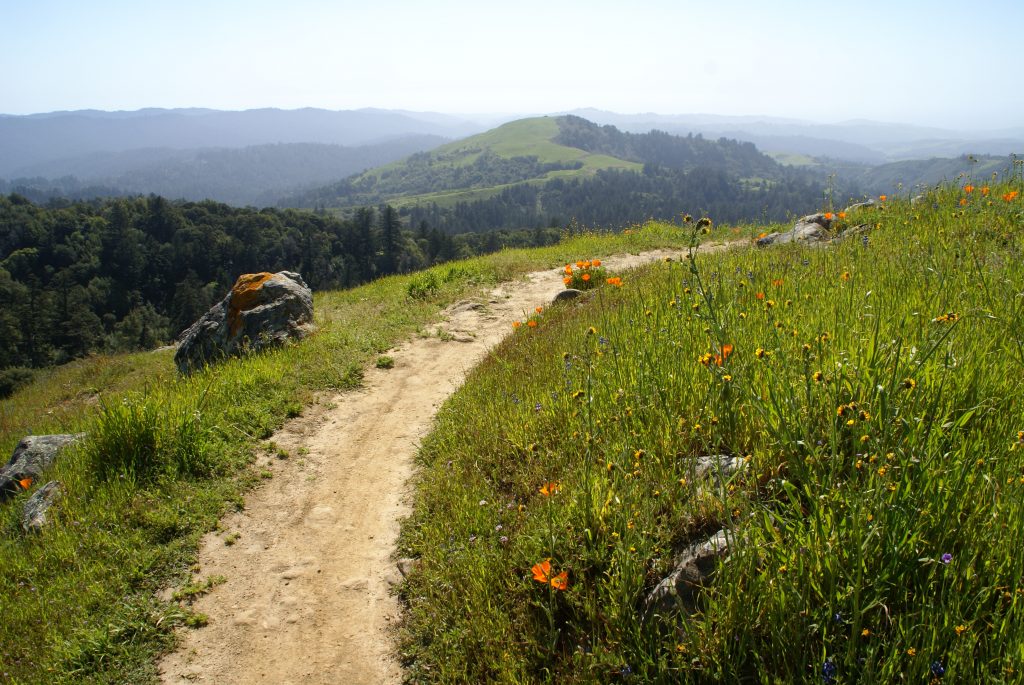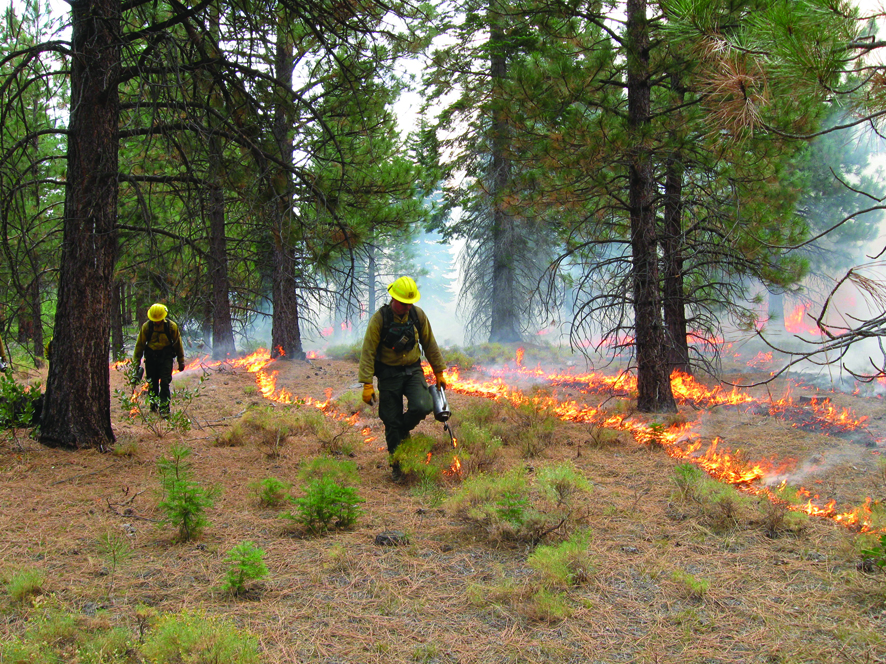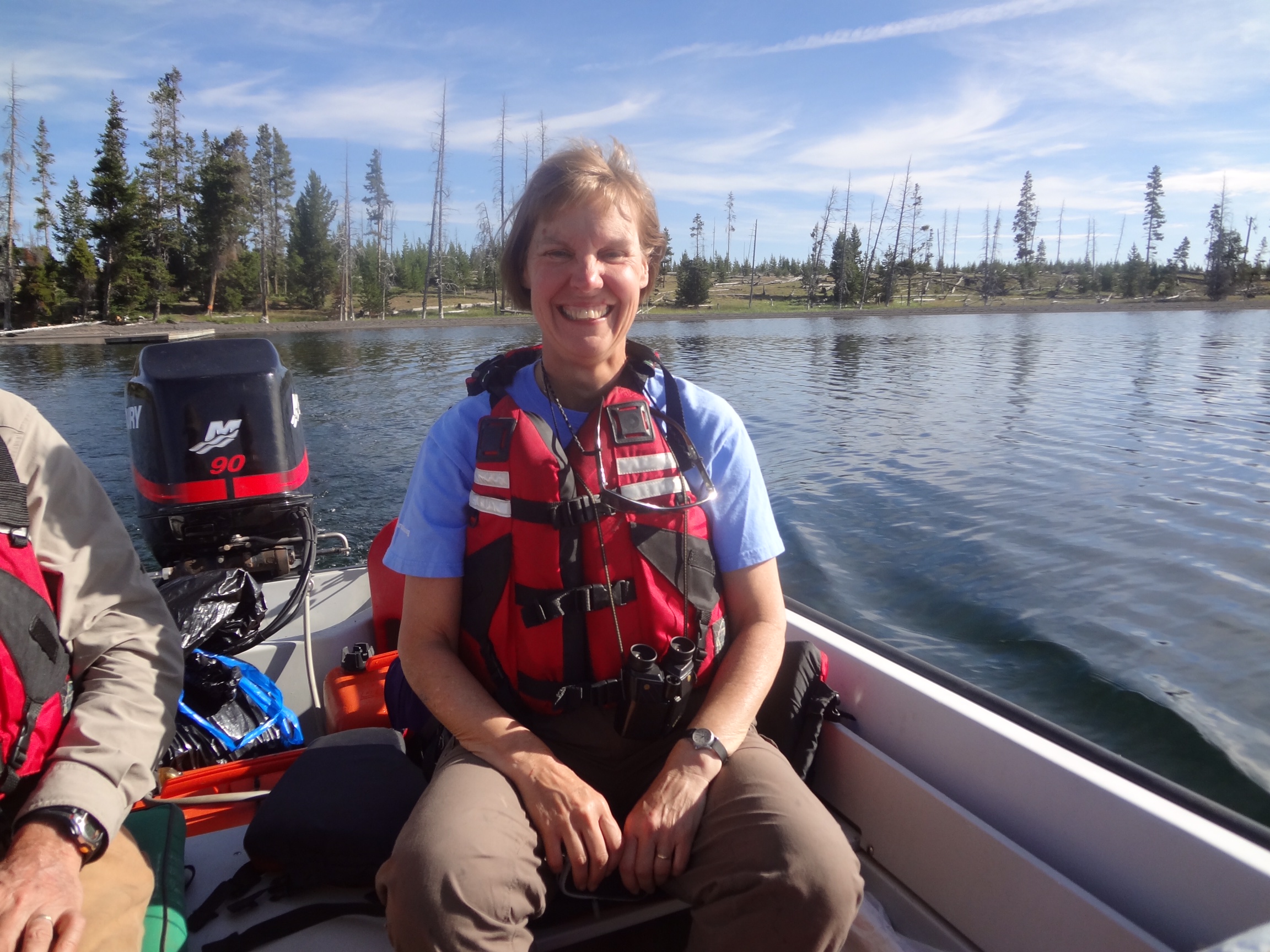
Landscape ecologist Monica Turner steps up as ESA’s 2015-16 President
Monica Turner, the Eugene P. Odum Professor of Ecology and a Vilas Research Professor in the Department of Zoology, University of Wisconsin-Madison became President of the Ecological Society of America (ESA) on August 14, 2015. She will serve for one year. “It is a tremendous honor to serve as President of the Ecological Society of America, and even moreso to…
